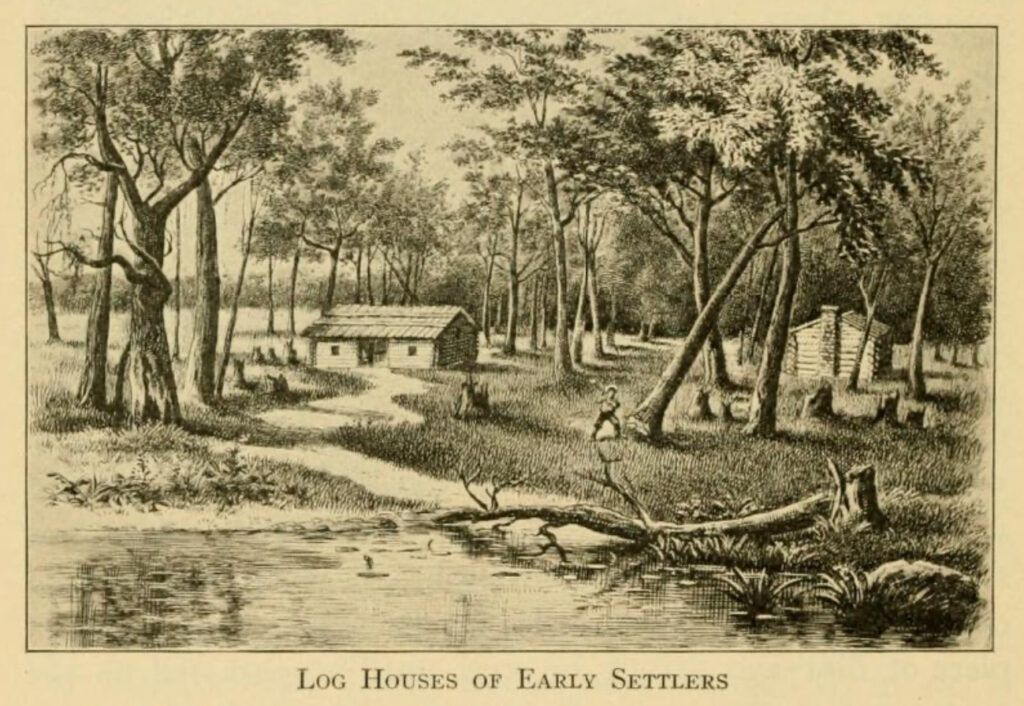In the eighteenth century, thousands left Europe in search of land and opportunity in the American colonies. Among them, none came in greater numbers than the Ulster Presbyterians—better known today as the Scots-Irish. Like many German immigrants, they arrived hoping to claim farmland of their own. But what they found was a crowded colonial society, where land was increasingly controlled by elites who clung to Old World models of tenancy.
The influx of these land-seeking peoples added to an existing colonial population, many of whom had been in North America for a generation or more and also had no desire to live under an aristocracy’s Old World-style tenancy system. The result was a land bubble. For example, by 1775, half the residents of Prince George’s County in Maryland were non-landowners. Many toiled as tenant farmers, working soil in exchange for harvest shares rather than wages. With land tied up by wealthy investors and colonial elites, immigrants and long-settled colonists alike were pushed to the frontier, and then beyond it. [1]
Meanwhile, as the already present settler-colonists were buying up plots of land as they became available, so were the wealthy investors that the former were trying to avoid being tenants of. The latter group consisted of speculators who, rather than personally settling on frontier lands, acquired them with the intent to rent or resell later for substantial profit. New arrivals had few options but to move further west into the frontier if they hoped to own land at all.
After the 1768 Treaty of Fort Stanwix, the British Crown set the Ohio River as the boundary between colonial and Native lands. But for these land-hungry settlers, that line was more a suggestion than a law. The pressure to expand westward was growing—and it would soon explode into conflict. Beyond the “western river” lay lands the British Crown recognized as indigenous Native sovereign lands.

Why did people risk death by disease or storm to cross the Atlantic? While religious freedom was a motivating factor for some groups, like the Puritans in New England or the New Christians who fled Brazil’s Inquisition-era persecutions, the vast majority of immigrants came for land, opportunity, and the promise of a better life.
Land was wealth, land was freedom, and in much of Europe, land was out of reach. The North American colonies offered what the Old World could not: the possibility of ownership. This desire to claim and work one’s own soil drove waves of Germans, Scots-Irish, and others across the Atlantic. Many weren’t escaping religious tyranny, they were escaping poverty, debt, and rigid class systems. For them, the frontier was more than a wilderness; it was an open door to a new life for themselves and their descendants. (Note – I highly recommend White Trash: The 400-Year Untold History of Class in America by Nancy Isenberg)
But every open door to a settler was a closed gate to someone else. For the Native nations, the wave of newcomers was not just migration, it was invasion. These settlers came armed not only with rifles, but with entitlement. As the invaders understood it, divine will and imperial power sanctioned their claims.
Just as dangerous was the mythmaking: Native peoples were cast as savages, obstacles to civilization, and enemies of progress. This dehumanization became the moral scaffolding for dispossession. What followed was not mere expansion, but a collision of worlds — one that would redraw borders, erase villages, and ignite wars whose legacies still shape the American landscape today.
Reccomended Reading

Citations
[1] “Sarson, Steven. “Landlessness and Tenancy in Early National Prince George’s County, Maryland.” The William and Mary Quarterly 57, no. 3 (July 2000). 571 & 577. https://doi.org/10.2307/2674185.
[2] Barnes, Everett. American History for Grammar Grades. [Boston, New York etc. D. C. Heath & co, 1913] Pdf. https://www.loc.gov/item/13018508/. 162.
Leave a Reply